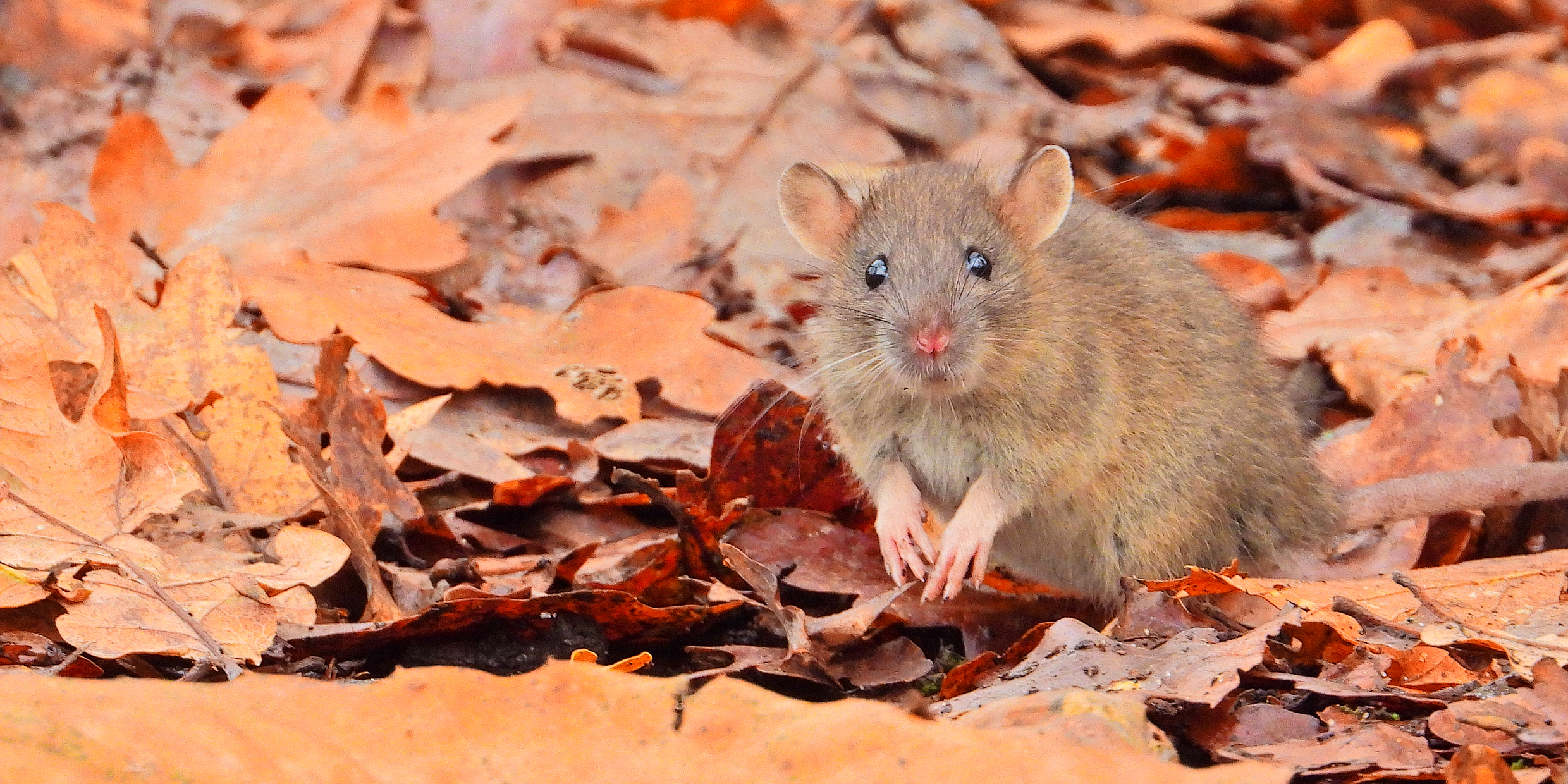Originally published 24 April 1995
1. The rat in the attic is nocturnal. All night long it scampers in the dusty pitch between the rafters, making a noise like fingernails drumming on tin. At dawn, it gnaws on something in the wall. Is it excavating an entrance into our space, the space of light?
We have learned to sleep, to ignore the verminous pitter-pitter-pitter, the gnawing. The noises are like the soundtracks of our dreams. We have set the trap.
2. Biologist E. O. Wilson has coined a word — biophilia — for what he calls our natural affinity for other organisms. We are rooted by the tree of life, he says; bound to our fellow creatures by history, biology and destiny. Biophilia means literally “love of life.” Of all life. Bacteria. Giraffes. Mushrooms. Daisies. Bluebirds. Rats.
Rats? I draw the line.
3. I have not seen the rat in the attic, but I can confidently assume it is the brown rat, Rattus norvegius. The original habitat of this animal was probably the steppes of northern China and Mongolia. By the late middle ages, it was in Europe, sublimely adapted to co-habitation with humans. The brown rat reached America by the 18th century, traveling in the ships that carried many of our ancestors to this continent. Today it is everywhere.
4. Each morning I check the trap. I pull down the folding attic ladder and cautiously climb. The trap is screwed to the attic floor so that the rat will not make off with the damn thing dangling from its neck. What do I expect to see? A rather handsome animal, actually, if we could view it objectively. Stocky, powerful body, short pink tail, stubby ears. But we can’t view it objectively. Our perceptions have been warped by history and myth.
I hesitate part way up the ladder, then raise my eyes to the level of the trap. A shiver of fear.
5. In October 1347, a Genoese fleet tied up in the harbor of Messina, Sicily. Rats scurried ashore along the hawsers. On the rats were fleas, and in the gut of the fleas were Yersinia pestis bacilli — agents of the bubonic plague, or Black Death. Within a year, rats had carried the scourge across Europe. In many cities, more than half the population died.
The Black Death is the most horrific calamity ever experienced by the human race. Scampering pink-nosed rodents bore it.
6. For centuries, humans have waged a war of poison on rats. But rats have been stubbornly difficult to exterminate. They are astonishingly clever, learning quickly from one another which foods to eat and which to avoid. Apparently, this information can be passed down by rats from generation to generation, not genetically, but by offspring emulating parents — a rudimentary form of culture.
I baited my trap with cheese, but the rat has not taken it. Does it know? Is the association between “cheese” and “trap” as much a part of rat culture as of our own? Should I try a bait without a history? Tofu? Pizza?
7. I do not know which to prefer, the anxiety of inflections or the anxiety of innuendoes, the rat gnawing or just after.
8. Thank God the human ear is not attuned to the vocalizations of rats. It turns out that Rattus norvegius is not the silent animal I imagined it to be. Rats have several characteristic calls, all ultrasonic, for aggression, submission, and mating. For example, a male rat in the throes of lust emits a high-pitched squeal of 50,000 cycles per second (the human ear detects a maximum frequency of about 20,000 cycles per second).
Could there be more than one rat in the house? A pair? A female’s heat lasts about six hours, during which she is pursued by several males. During that period the total number of ultrasonic copulations may approach 500.
9. In Gunter Grass’s novel The Rat, the eponymous rodent has mastered human speech and chatters away with the narrator, interrupting his dreams and waking thoughts. In the background, a chorus of other rats have ceased their high-pitched hissing and squeaking to articulate new words: seed, cucumber, grain, sunflower.
Shall I bait my trap with cucumber?
10. The white albino rats used in scientific research are descended from the brown rat. They have given their lives by the millions in medical experiments and run innumerable mazes in the laboratories of psychologists. I recall at least one study by economists who used rats to investigate the laws of supply and demand.
11. With the positive reinforcement of food pellets and negative reinforcement of electric shocks, rats have been taught to perform a multitude of silly tricks, all presumably shedding some light on animal or human psychology. As B. F. Skinner so lucidly observed, “All behavior is constructed by a continual process of differential reinforcement from undifferentiated behavior.”
12. Thus do we exact revenge for the Black Death.
13. All night long we listen to the tiny feet pattering past our trap. A pause? A sniff? I change the bait. Someone suggests peanut butter. I try peanut butter. Pitter-pitter-pitter, all night long. A bit of wiener? No luck. Chocolate chip cookies, on the grounds that a rat can’t resist the most perfect of human foods? Pitter-pitter- pitter. I toss and turn. I dream of rats.



